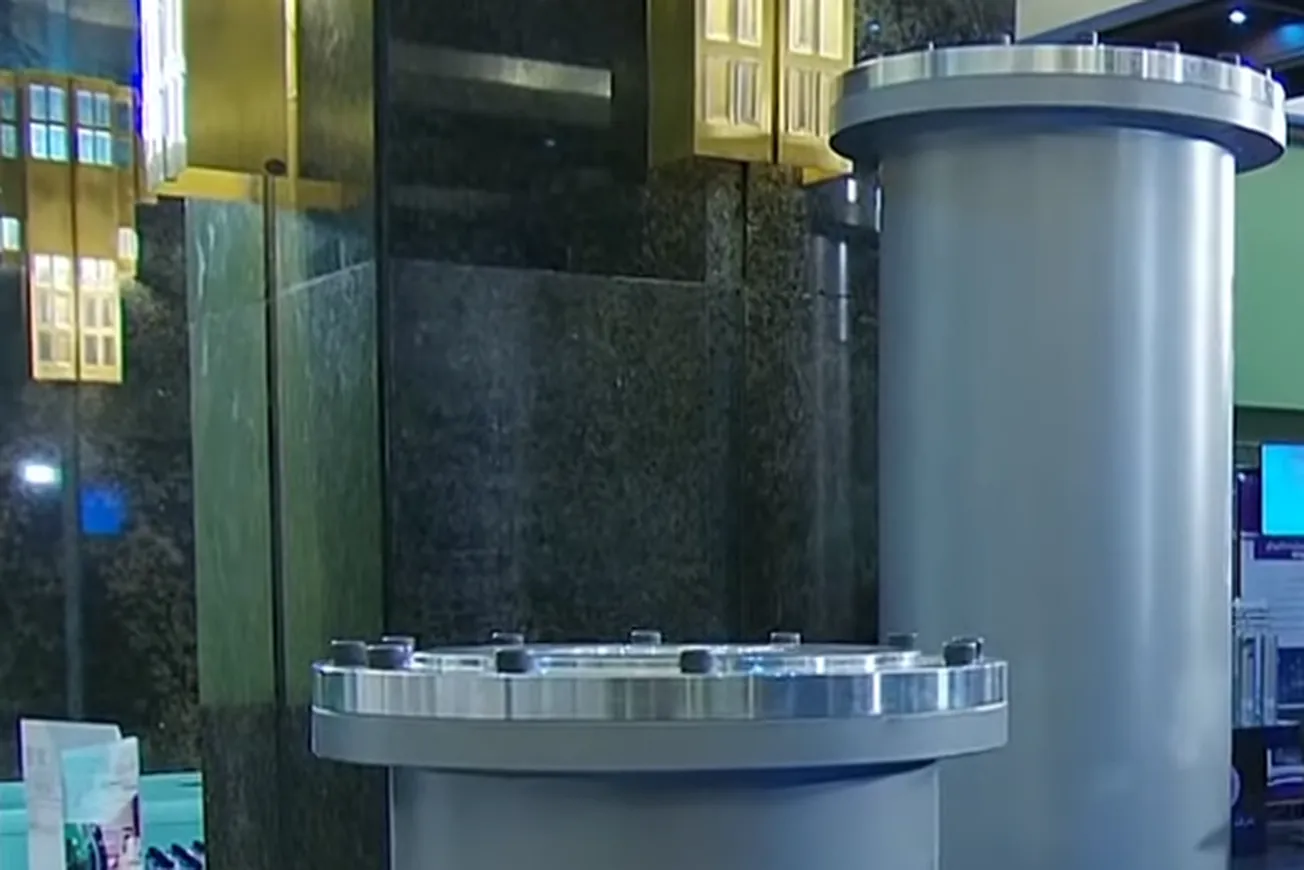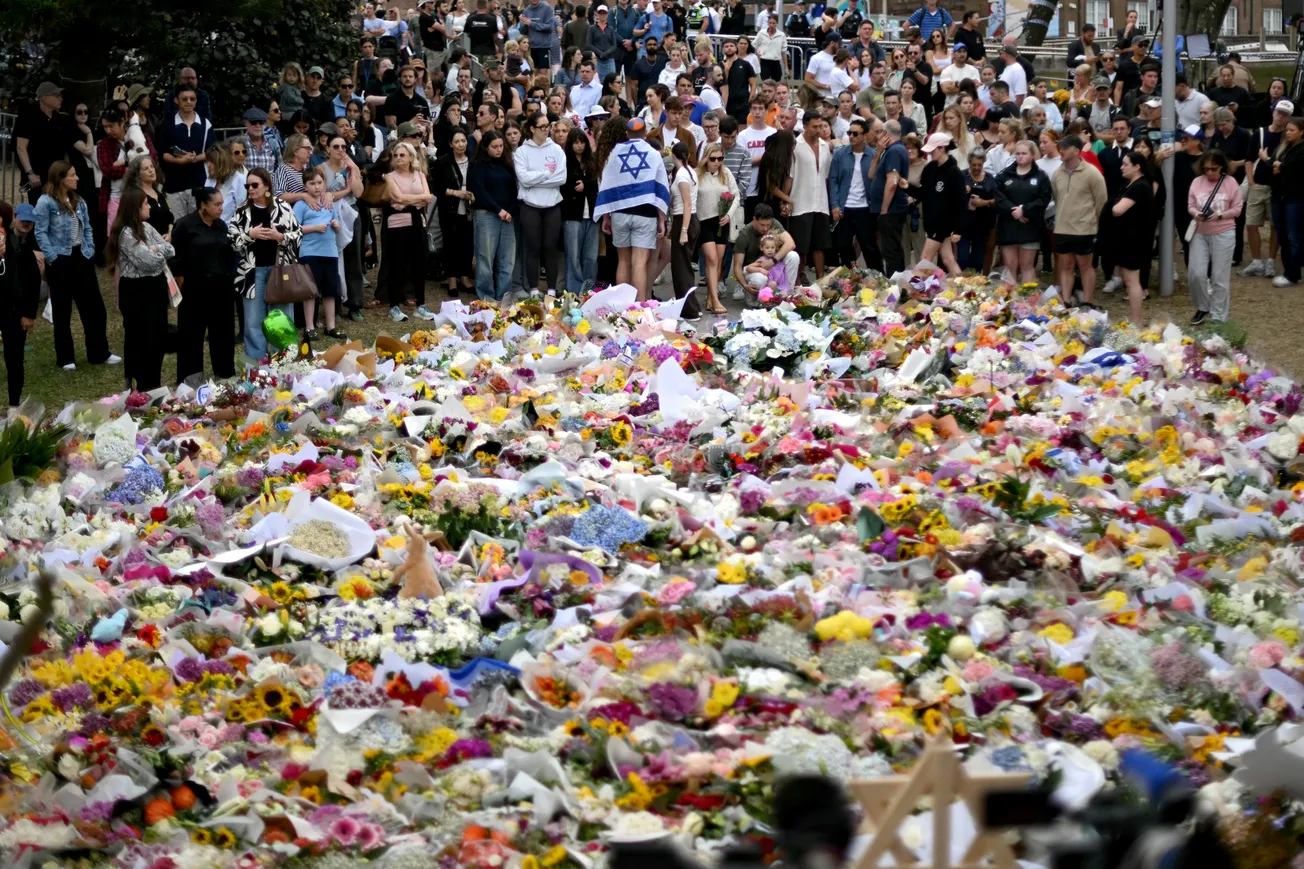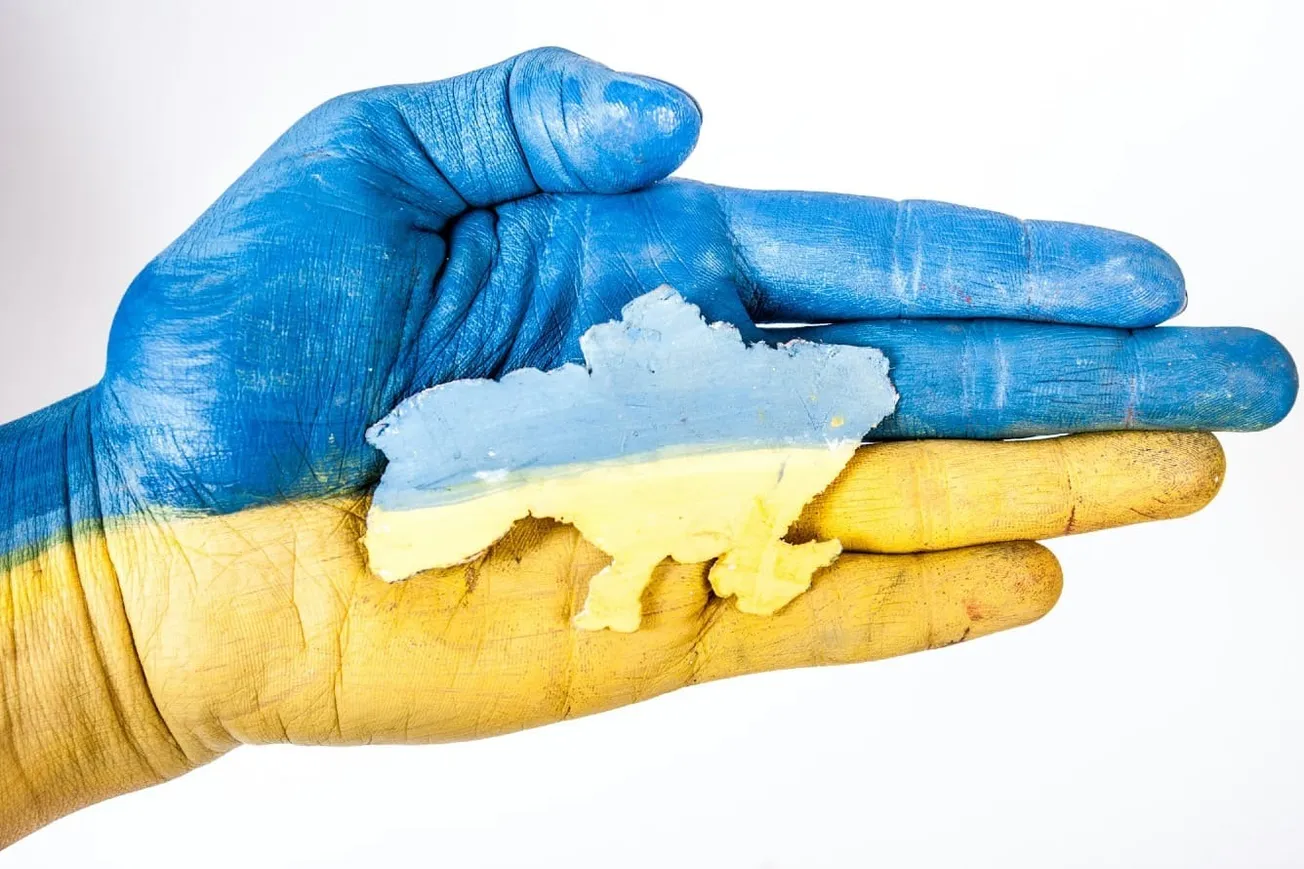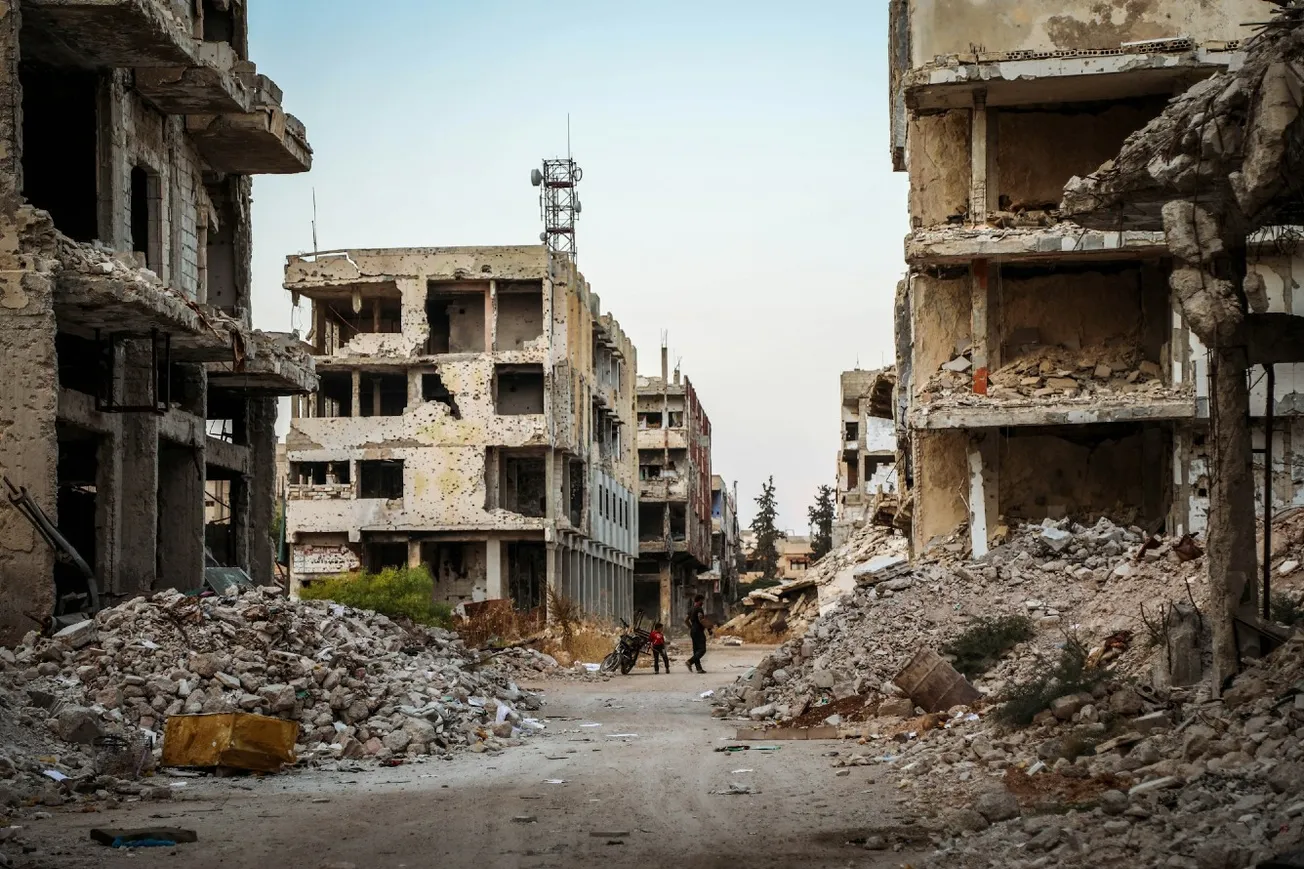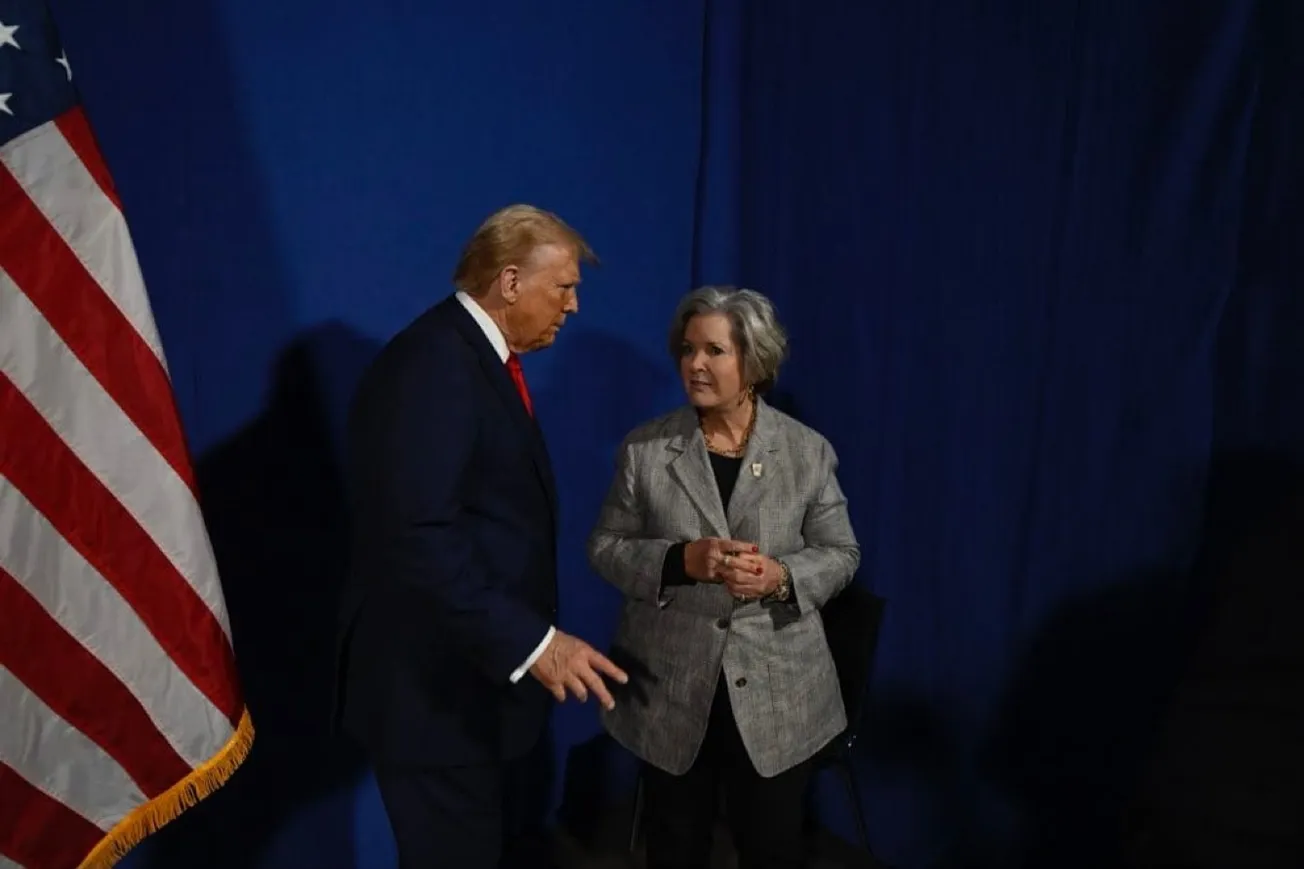By Micaela Burrow for Daily Caller News Foundation
The International Atomic Energy Agency (IAEA) has initiated talks with Iran on its nuclear buildup after finding that Tehran has enriched uranium to 84% purity, just shy of the level considered ideal for nuclear weapons building, Reuters reported, citing two diplomats familiar with the developments.
The United Nations’ nuclear watchdog organization, which conducts regular inspections of nuclear energy and weapons facilities globally, detected 84% enriched uranium at one of Iran’s nuclear sites, two diplomats told Reuters. A previously reported modification to Iran’s centrifuge clusters, the machinery that processes uranium to enhance its radioactive qualities could allow Iran to quickly switch to production of higher level enrichment, one of the diplomats said.
“The issue is whether it was a blip in the reconfigured cascades or deliberate. The agency has asked Iran for an explanation,” the two diplomats told Reuters.
“We are in close contact with our partners following reports that Iran may have enriched uranium to levels over 80%,” a senior diplomat from one of the three European countries that negotiated the nuclear deal told The Wall Street Journal. “If confirmed, this would be an unprecedented and extremely grave development.”
However, the IAEA has not yet released a formal report to member countries on the findings, Reuters reported. The next quarterly meeting does not take place until March 6.
“So far, we have not made any attempt to enrich above 60%. The presence of particles above 60% enrichment does not mean production with an enrichment above 60%,” Iran’s Atomic Energy Agency spokesperson Behrouz Kamalvandi said Monday, according to Reuters.
The highest percentage purity uranium detected at Iranian facilities was enriched to 60% beginning in April 2021, and in July 2022 Tehran expanded enrichment to a second enrichment site, Reuters reported.
The IAEA is aware of recent media reports relating to uranium enrichment levels in Iran. Director General @rafaelmgrossi states that the IAEA is discussing with Iran the results of recent Agency verification activities and will inform the IAEA Board of Governors as appropriate. pic.twitter.com/4Aqdq01Xr5
— IAEA - International Atomic Energy Agency ⚛️ (@iaeaorg) February 19, 2023
Uranium enriched to 60% is sufficient to create a nuclear weapon in large quantities, but 90% uranium is considered weapons-grade.
“Such things do not happen accidentally,” Olli Heinonen, a fellow at the Stimson Center, said in a social media statement.
“It takes some effort to modify a cascade to produce this level of enrichment. And it can [be] done quickly, if someone decides to do it,” he added.
President Joe Biden has lifted Trump-era sanctions on Iran’s nuclear program as the window to restore the Joint Comprehensive Plan of Action draws to a close, according to media reports. Earlier in February, the Biden administration renewed sanctions waivers on elements of Iran’s nuclear energy industry, allowing other countries, including Russia, to collaborate on civil nuclear projects, CNN reported.
Biden hoped to renegotiate the 2015 nuclear accord, from which former President Donald Trump withdrew in 2018, that capped Iran’s nuclear program at levels considered necessary for energy production in exchange for lifting sanctions. The original agreement capped Iran’s allowed nuclear enrichment levels at 3.67% for 15 years, according to the WSJ.
However, repeated attempts throughout the past two years fizzled out.
Original article link

